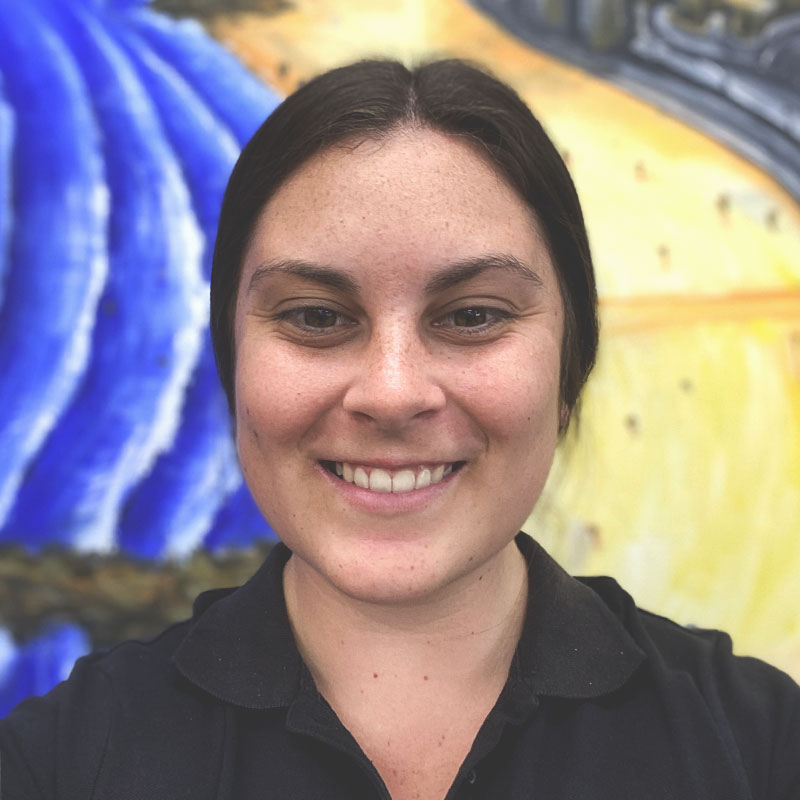Did you know you have more than 600 muscles in your body?
They do everything from pumping blood throughout your body to helping you lift your heavy backpack. You control some of your muscles, while others – like your heart – do their jobs without you thinking about them at all.
Muscles are all made of the same material, a type of elastic tissue (sort of like the material in a rubber band). Thousands, or even tens of thousands, of small fibres make up each muscle.
You have three different types of muscles in your body:
- Smooth muscle: Smooth muscles – sometimes also called involuntary muscles – are usually in sheets, or layers, with one layer of muscle behind the other. You can’t control this type of muscle. Your brain and body tell these muscles what to do without you even thinking about it.
- Cardiac muscle: The muscle that makes up the heart is called cardiac muscle. The thick muscles of the heart contract to pump blood out and then relax to let blood back in after it has circulated through the body.
- Skeletal muscle: Skeletal muscles are voluntary muscles, which means you can control what they do. Your leg won’t bend to kick the soccer ball unless you want it to. These muscles help to make up the musculoskeletal system – the combination of your muscles and your skeleton, or bones. Together, the skeletal muscles work with your bones to give your body power and strength.
Major Muscles
Because there are so many skeletal muscles in your body, we can’t list them all here. But here are a few of the major ones:
- In each of your shoulders is a deltoid muscle. Your deltoid muscles help you move your shoulders every which way – from swinging a bat to shrugging your shoulders when you’re not sure of an answer.
- The pectoralis muscles are found on each side of your upper chest. These are usually called pectorals, or pecs, for short.
- Below these pectorals, down under your ribcage, are your rectus abdominus muscles, or abdominals. They’re often called abs for short.
- When you make a muscle in your arm, you tense your biceps muscle. When you contract your biceps muscle, you can actually see it push up under your skin.
- Your quadriceps, or quads, are the muscles on the front of your thighs. Many people who run, bike, or play sports develop large, strong quads.
- And when it’s time for you to take a seat? You’ll be sitting on your gluteus maximus, the muscle that’s under the skin and fat in your behind!
If you have any aches or pains, don’t hesitate to book with one of our physiotherapists.




